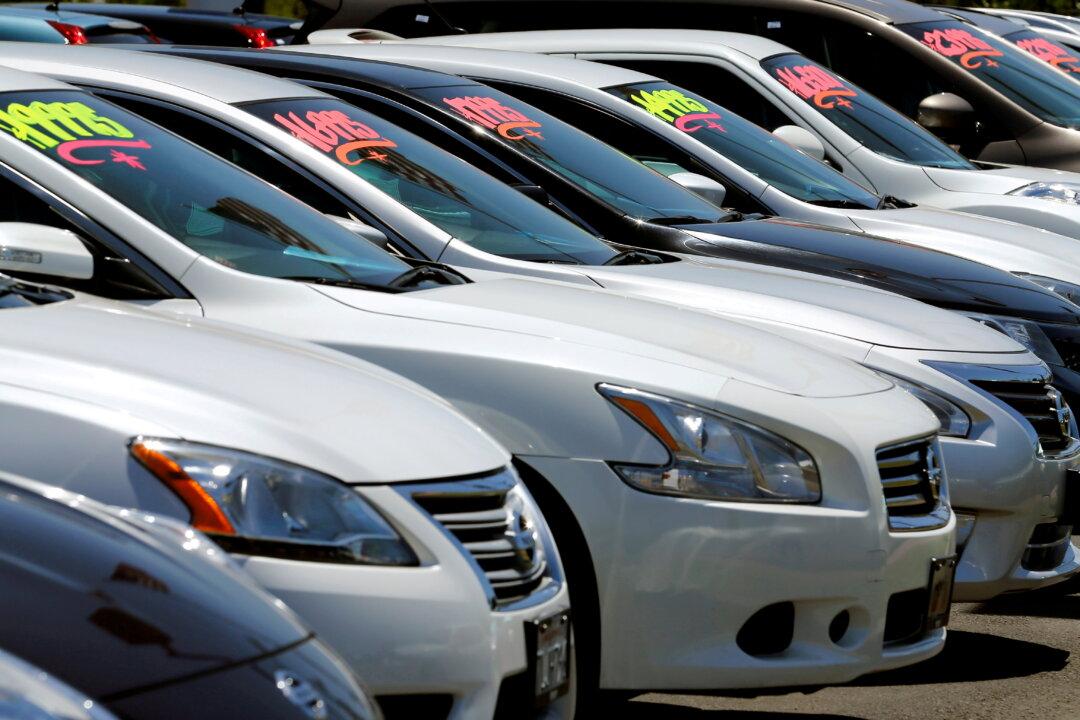New vehicle sales slightly accelerated this month, as automakers are expected to report big gains over last year in the next few days, according to a new report.
A combination of higher interest rates, tighter credit, and improved supply, have led to a balance between supply and demand in the market, while lower vehicle prices are likely to lead to an overall decline in inflation.





